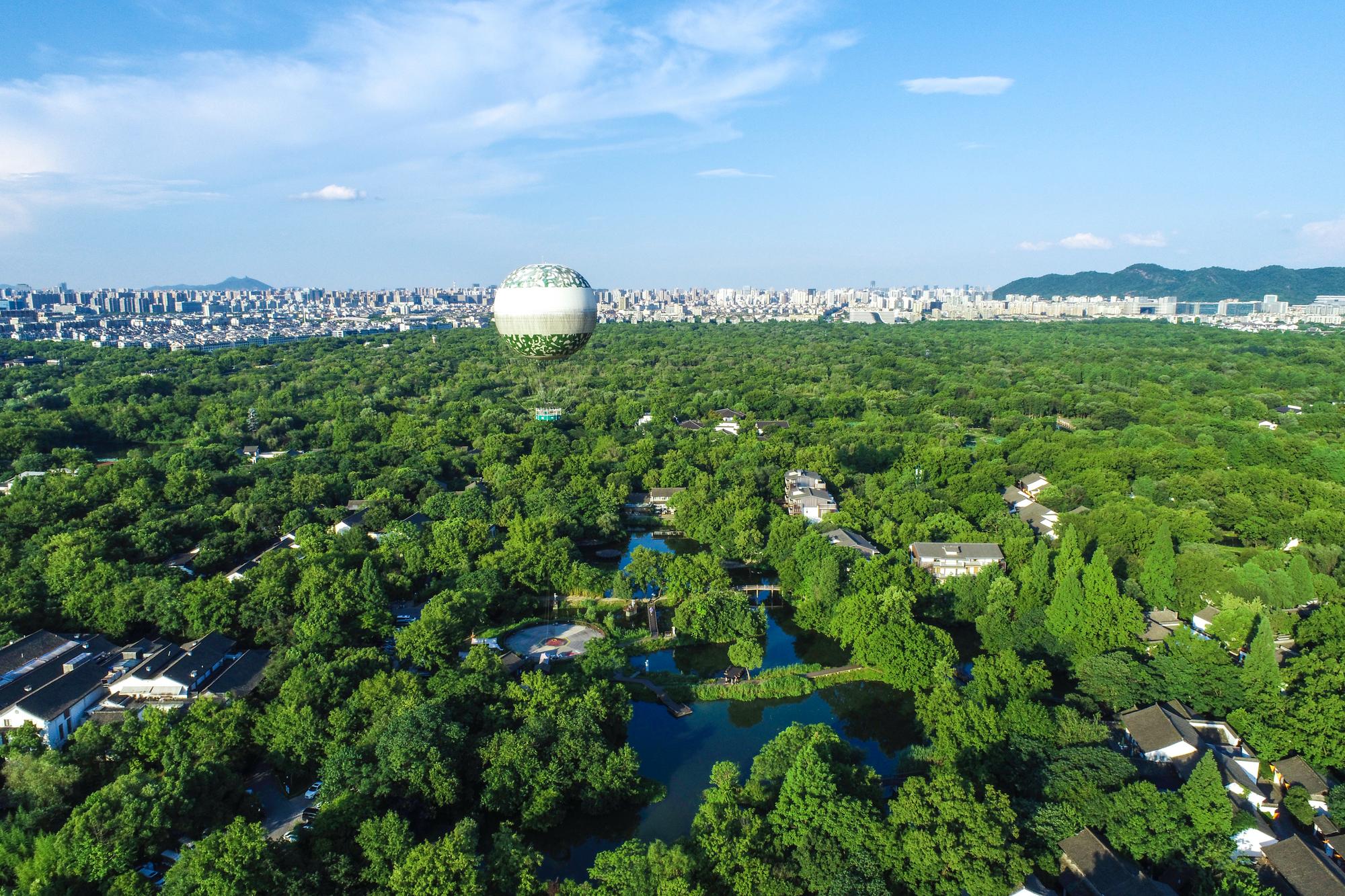Xixi National Wetland Park

In Hangzhou's history, there was a saying of the "Three Xis", referring to Xihu Lake, Xixi Park, and the Xiling Seal Engraver's Society. Historically, Xixi covered an area of about 60 square kilometers, while the currently protected Xixi Wetland spans approximately 10.38 square kilometers. It features three causeways known as Good Fortune, Green, and Longevity Causeways. It is also renowned for its Ten Scenic Views including Snowy Autumn Reeds, The Footprints of Emperor Kangxi at Gao's Mansion, Fishing Village Smoke and Stream, Melodies of Hezhu, Dragon Boat Triumph, Plum Blossom Exploration in Winding Waterways, Persimmons Reflecting on the Water, Egret Shadows in Lotus Beach, Reeds Drifting in Moonlight, and Charm of Hong Garden.
Xixi, also known as Hezhu in ancient times, is characterized by winding waters, surrounded by mountains, famous gardens and ancient temples, with numerous reeds and sandy Xu trees. Historically, Xixi covers an area of about 60 square kilometers, and the total area of Xixi National Wetland Park under protection is about 11.5 square kilometers, which is divided into the eastern wetland ecological protection and cultivation area, the central wetland ecological tourism and leisure area, and the western wetland ecological landscape enclosure area. The importance of Xixi lies in its ecology. In order to strengthen ecological protection, five major ecological protection areas and ecological restoration areas have been established in the wetland, including Feijiadun,Xialongtan, Chaotianmuyang, Baojiadai, and Hejian Port. There is a wetland science exhibition hall at the entrance, and Xixi is still a paradise for birds. The park has multiple bird watching areas and pavilions, presenting visitors with a magnificent scenery of birds flying happily.
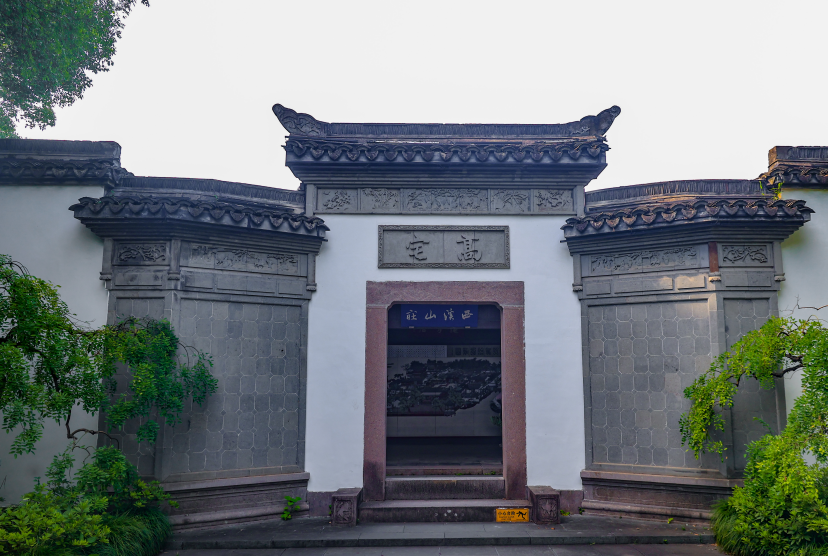
Gao's Mansion
The Footprints of Emperor Kangxi at Gao's Mansion in the Ten Scenic Spots of Xixi 高庄
Gao's Mansion, also known as Xixi Mountain Villa, gained fame when Emperor Kangxi visited the place in the 28th year of the Kangxi reign (1689 AD).The present-day Gao's Mansion was restored and opened to the public in 2007. It features a layout of three entrances and three courtyards in front of the main residence and rear garden. The first hall serves as the sedan hall, the second hall is the reception hall for guests, and the third hall is where Gao Shiqi received Emperor Kangxi.
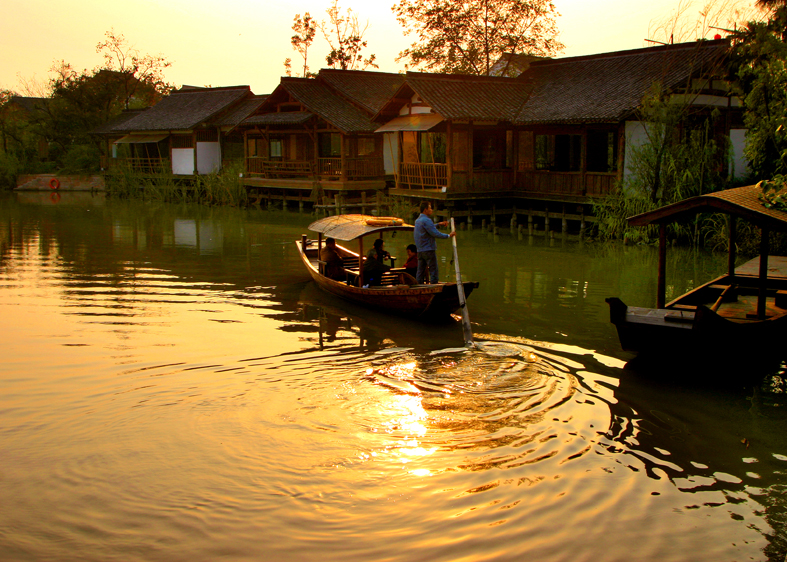
Yanshui Fishing Village
Fishing Village Smoke and Stream in the Ten Scenic Spots of Xixi 烟水渔庄
Fishing Village with Smoke and Stream was originally a natural village in Xixi. In 2005, it was renovated to embody the poetic charm of the ancient*Autumn Fishing Village." Currently, it features exhibits on folk customs and agricultural practices, a small botanical garden, and dining facilities. Visitors can experience the delightful scenery of the stream and the smoke, represented by “willow smoke, cloud smoke, and cooking smoke."

Hong Clan Temple
Residual Charm of Hong Garden in the Ten Scenic Spots of Xixi 洪氏宗祠
The Hong family lineage in Hangzhou traces its origins back to Hong Hao during the Southern Song Dynasty, when they migrated from Jiangxi's Poyang to Hangzhou. Over the course of the Song, Ming, and Qing dynasties, they have thrived and multiplied in Xixi for over 800 years. As a prominent and respected family, the ancestral hall holds a significant position as a ceremonial place for ancestor worship, playing a central role in preserving and promoting the family's cultural heritage.
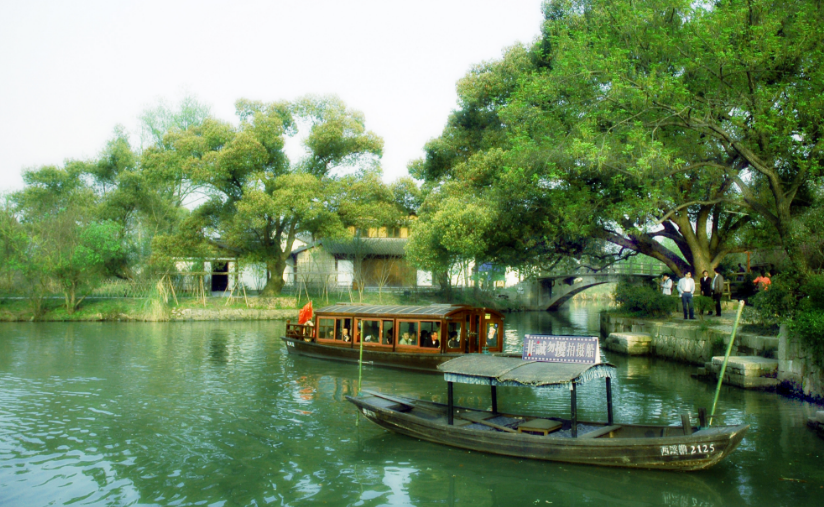
Shentankou
Dragon Boat Triumph in the Ten Scenic Spots of Xixi 深潭口
Shentankou, also known as Shentan Port, is located in Shentankou Village, Jiangcun Town, at the northeastern end of the Phase One scenic area of Xixi Wetland Park. It is one of the main venues where local residents hold dragon boat gatherings during the annual Dragon Boat Festival.
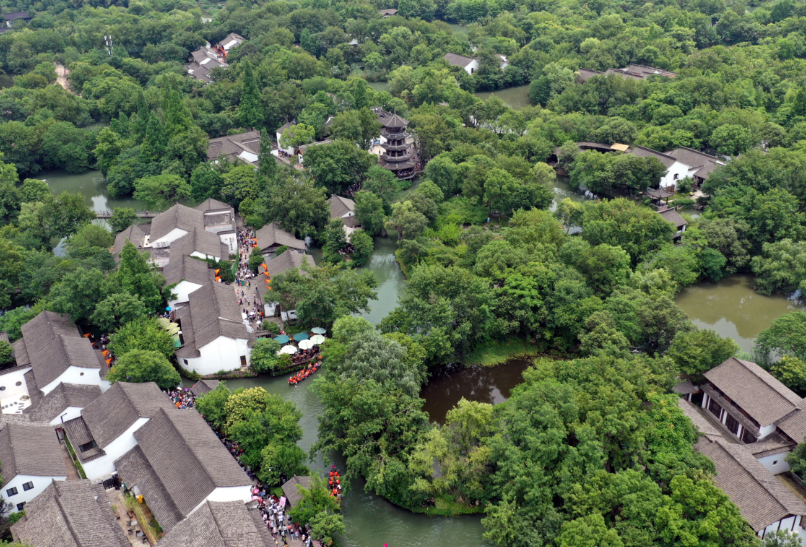
Hezhu Street
Melodies of Hezhu in the Ten Scenic Spots of Xixi 河渚街
Hezhu Street was originally a marketplace where villagers engaged in trade and exchanges. It is now located within the public open area of the wetland and has become a distinctive folk-style street. Along Hezhu Street, there are cultural display points such as Hezhu Pagoda, Jiang Family Ancestral Hall, Sanshen People Assembly Hall, Dragon Boat Exhibition Hall, and Little Flower Basket. These points showcase various aspects of the local culture.
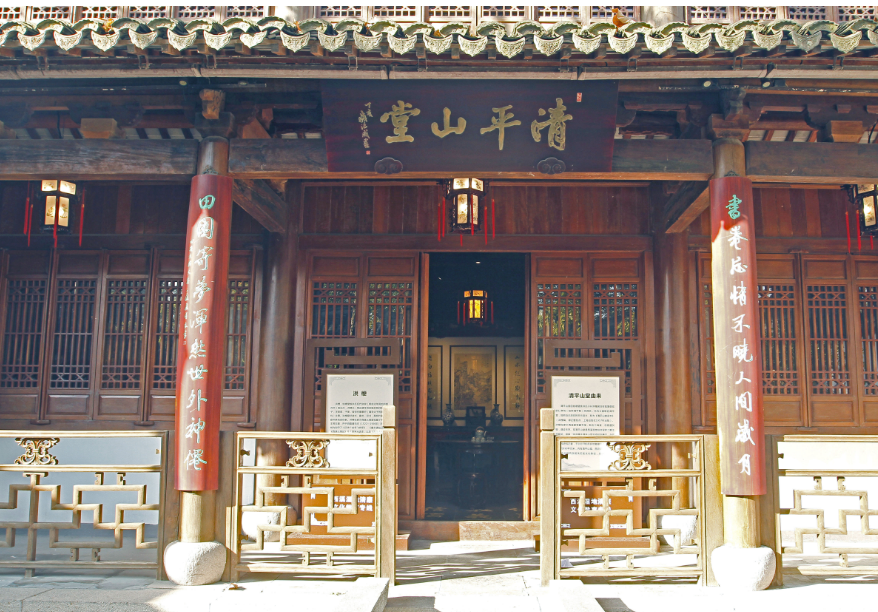
Qingpingshan Hall 清平山堂
Qingping Shantang was the private library of the Hong family during the mid-Ming Dynasty. Its owner, Hong Yan, was not only wealthy in his collection of books but also skilled in woodblock printing. The “Qingping Shantang Huaben," a collection of novels he printed, is known to have preserved the most Song and Yuan dynasty vernacular stories. Qingping Shantang is now one of the main attractions along the Xixi Qingfeng Tourist Route.
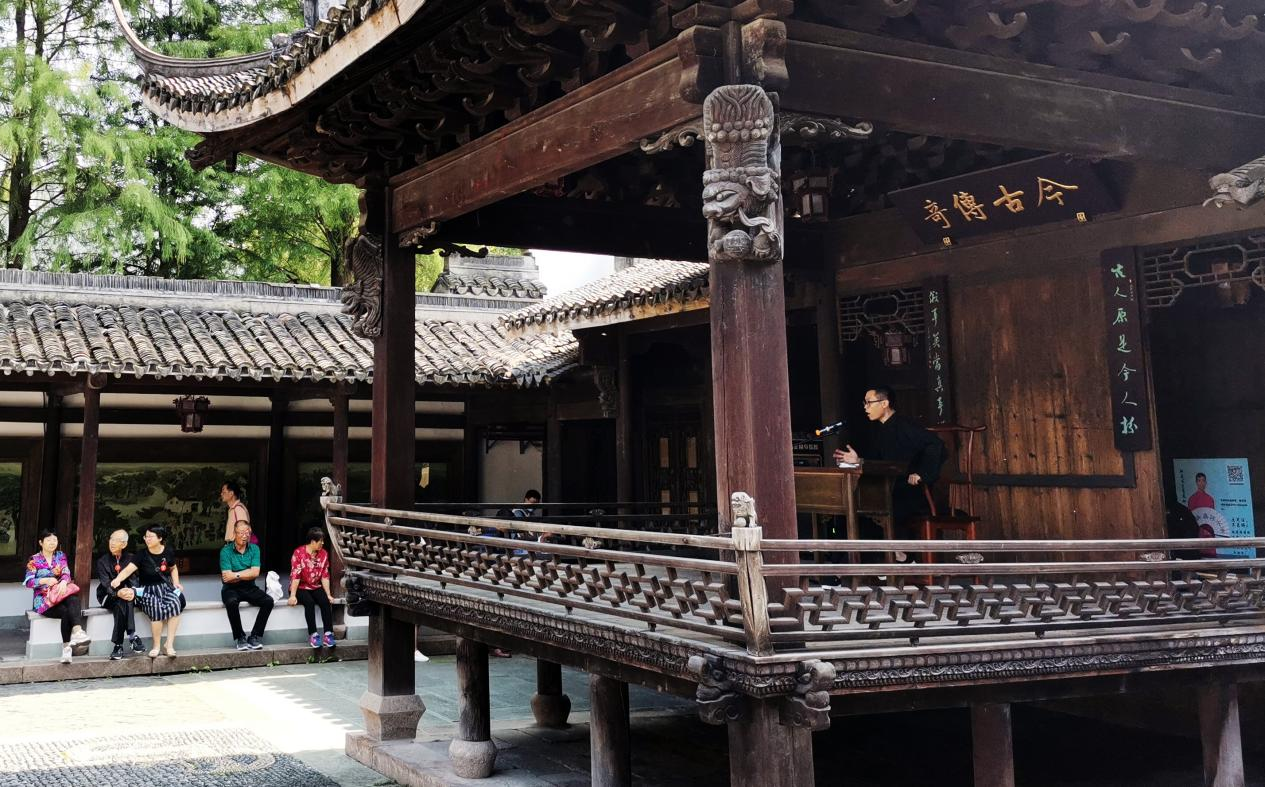
Jiang Xianggong Temple 蒋相公祠
Jiang Xianggong Shrine, also known as "Jiang Xianggong Temple" among the local people, was established by later generations to commemorate the virtuous deeds of the three brothers, Jiang Chongren, Jiang Chongyi, and Jiang Chongxin, who were local worthies during the Song Dynasty. These brothers upheld moral principles, promoted fair trade, and provided relief to the people for over sixty years. The shrine is now one of the main attractions along the Xixi Qingfeng Tourist Route.
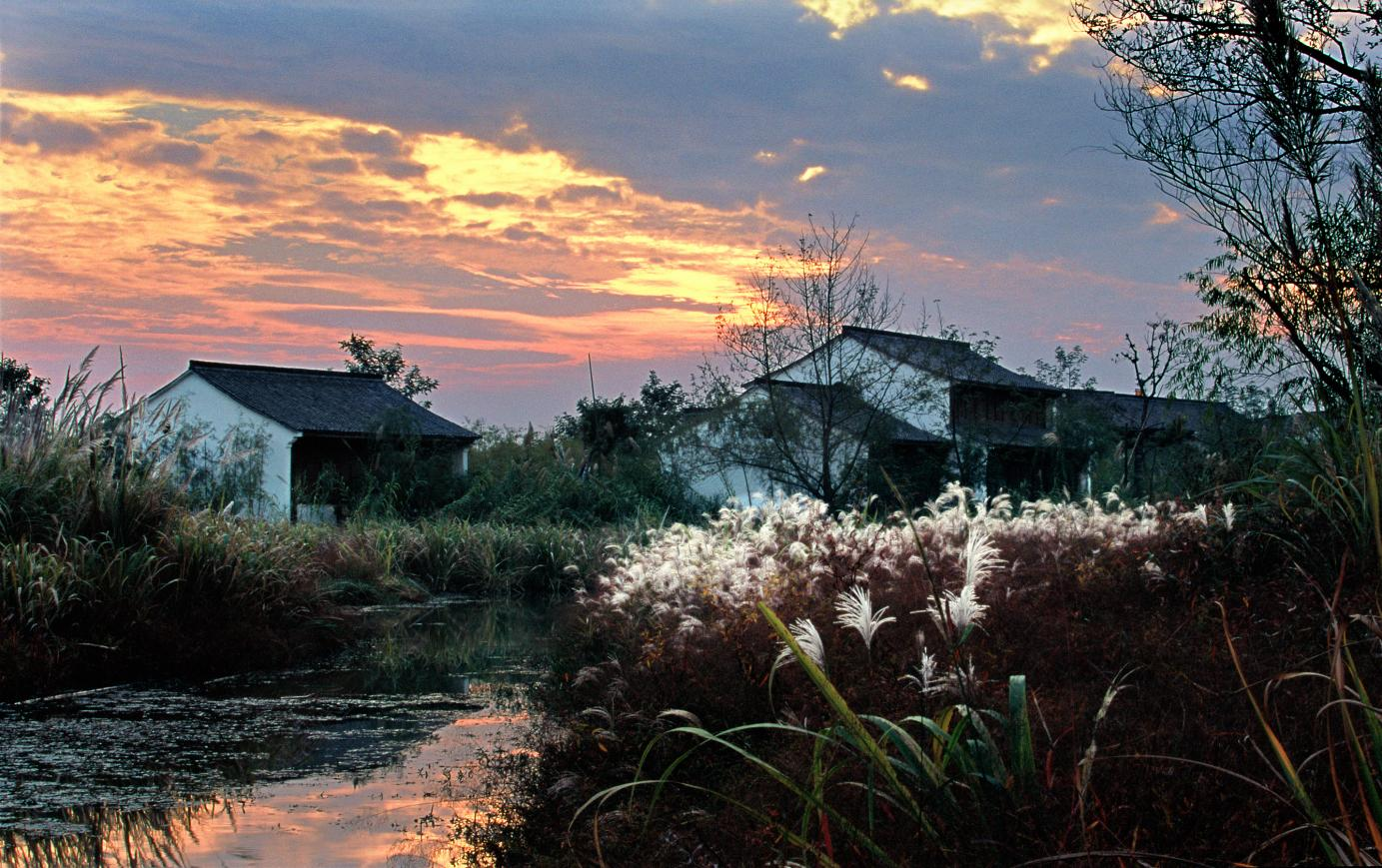
Qiuxue Temple
Snowy Autumn Reeds in the Ten Scenic Spots of Xixi 秋雪庵
Qiuxue Temple, originally built in the early years of the Song Dynasty during the Chunxi reign (1174 AD), is the only place within the park that can only be reached by boat. The layout of Qiuxue Temple consists of two courtyards. The buildings in the first courtyard primarily reflect Buddhist culture, while the second courtyard houses the Zhejiang Ci (a type of poetic form) Writers' Shrine, enshrining the names of over a thousand ci poets. It is an important place that embodies the cultural heritage of Xixi and its literary contributions.
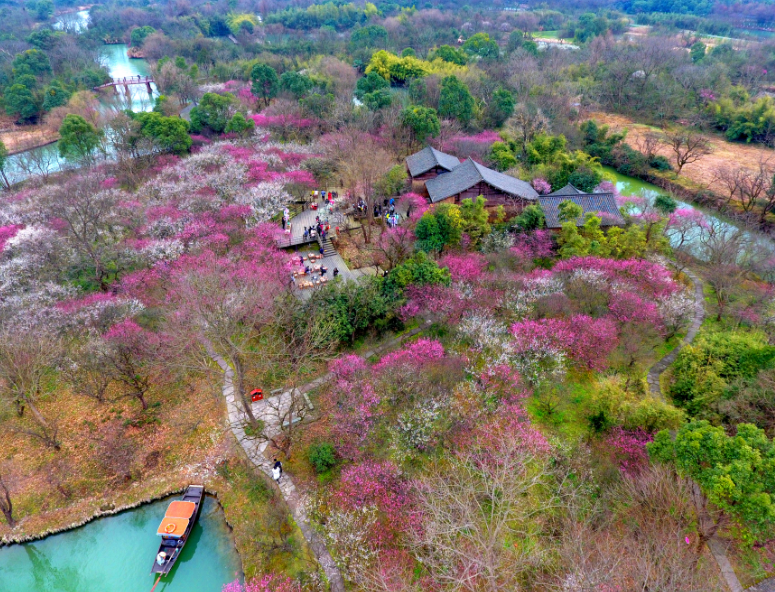
Meizhu Recreation Area
Plum Blossom Exploration in Winding Waterways in the Ten Scenic Spots 梅竹休闲区
According to the records in the "West Lake Chronicles, "plum blossom exploration in Xixi was listed as one of the eighteen scenic spots in the Qiantang area during the Qing Dynasty. Currently, there are over 19,000 plum trees and a 300-acre plum forest within the Xixi Wetland, primarily concentrated in the Meizhu and Meishu areas. During the plum blossom season, Xixi is infused with the fragrance of plum blossoms, and the water is covered with floating petals, creating an enchanting scene. Visitors can enjoy a delightful time exploring the plum blossoms along the winding waterways, offering a truly captivating experience.

Lianhuatan Birdwatching Area
Egret Shadows in Lotus Beach in the Ten Scenic Spots of Xixi 莲花滩观鸟区
The Lotus Beach Birdwatching Area comprises two birdwatching pavilions and one birdwatching tower, making it one of the three major birdwatching zones for ecological education in Xixi Wetland. Surrounded by lush vegetation and a tranquil atmosphere, it provides an ideal location for observing birds from a close distance. This area is considered a "paradise" for numerous birdwatching enthusiasts and photography enthusiasts. Additionally, it serves as an important base for youth ecological education and wildlife conservation education.

